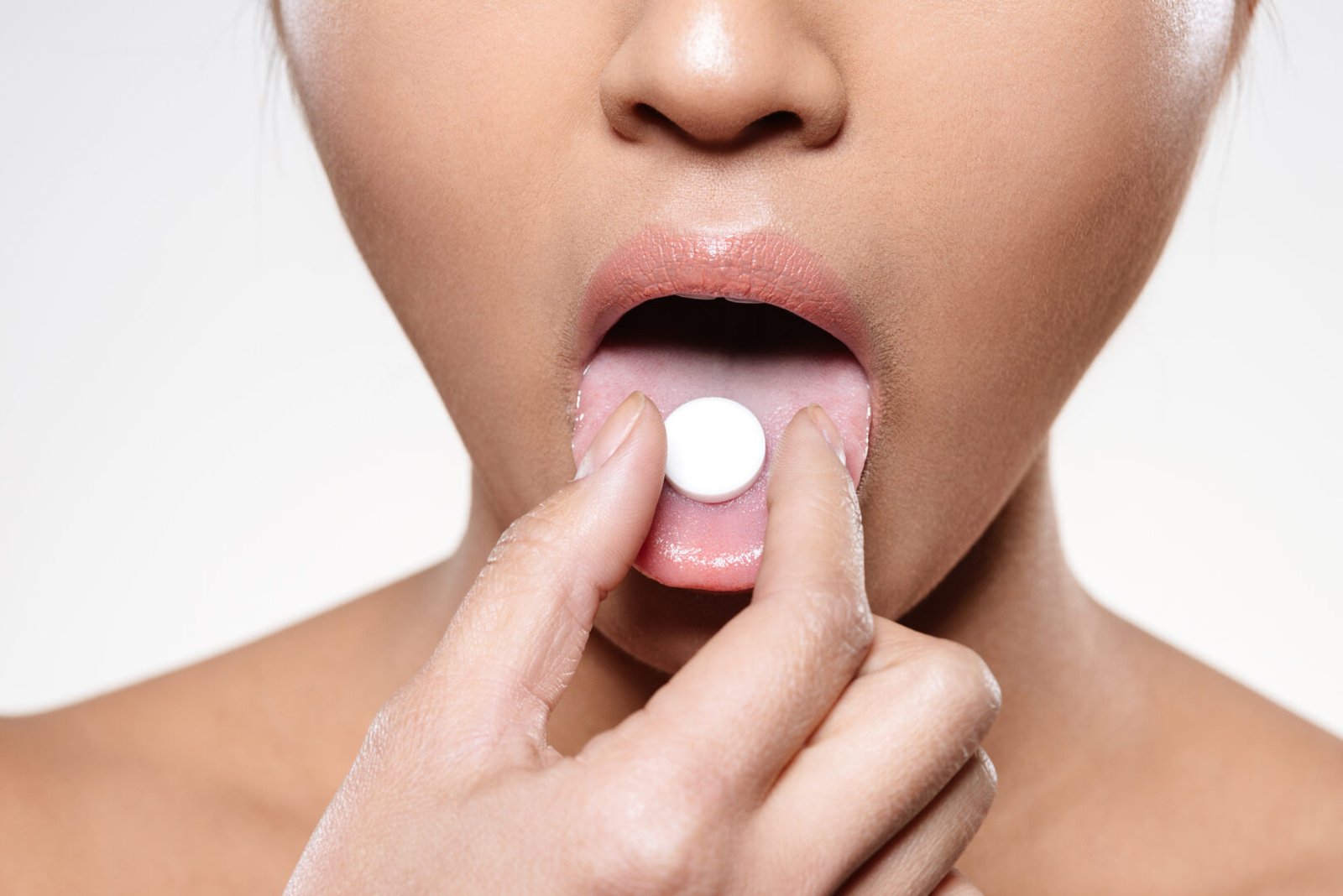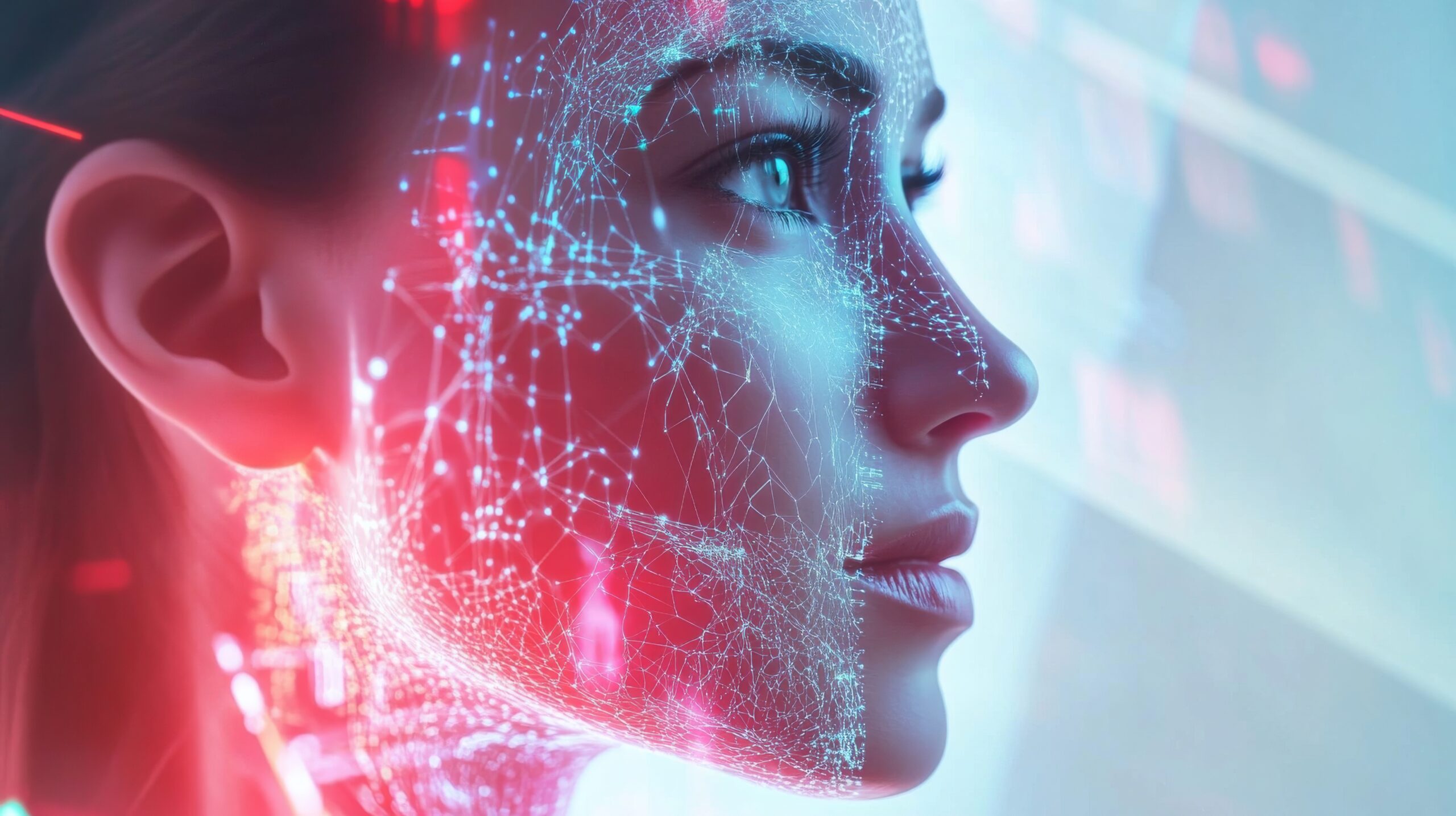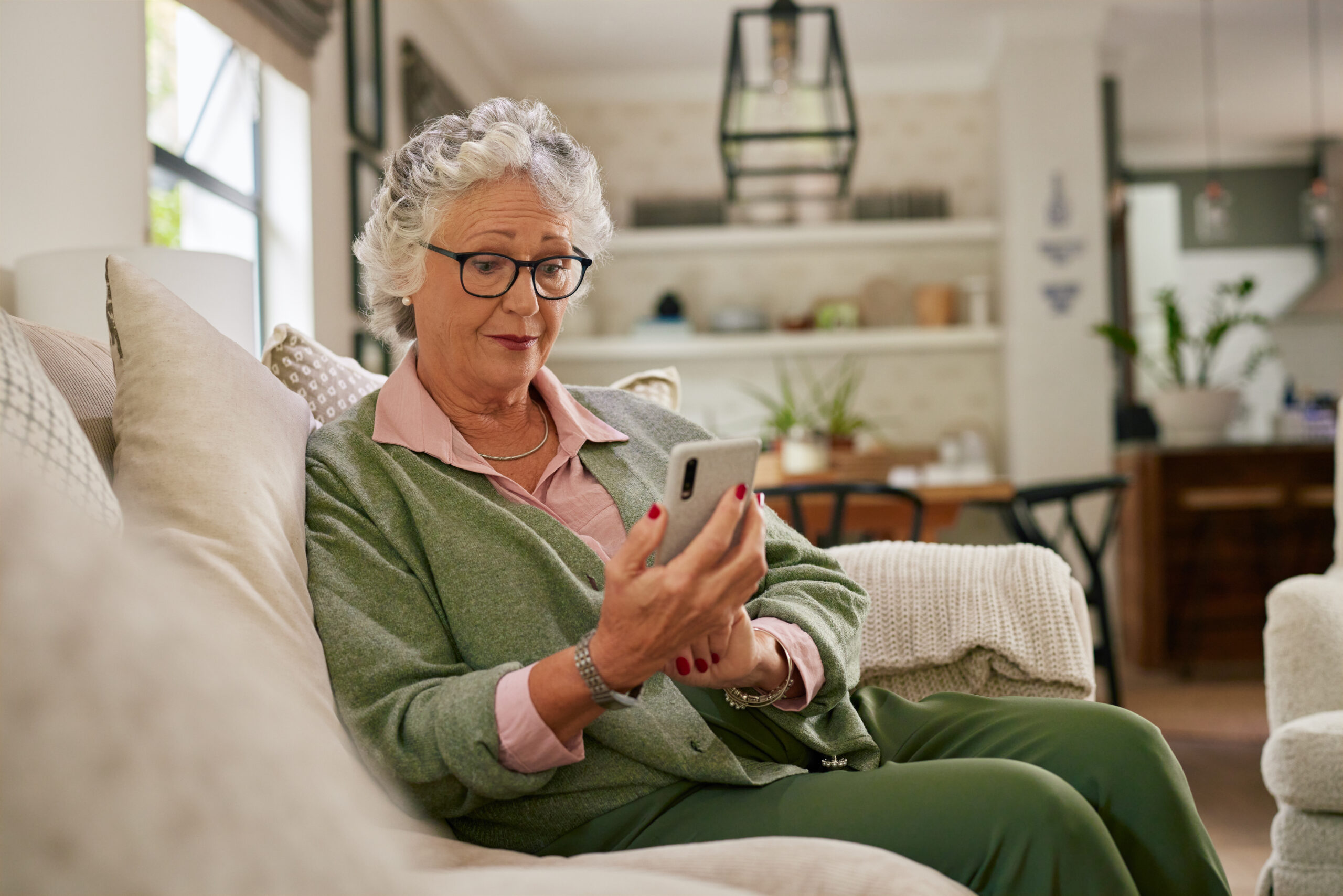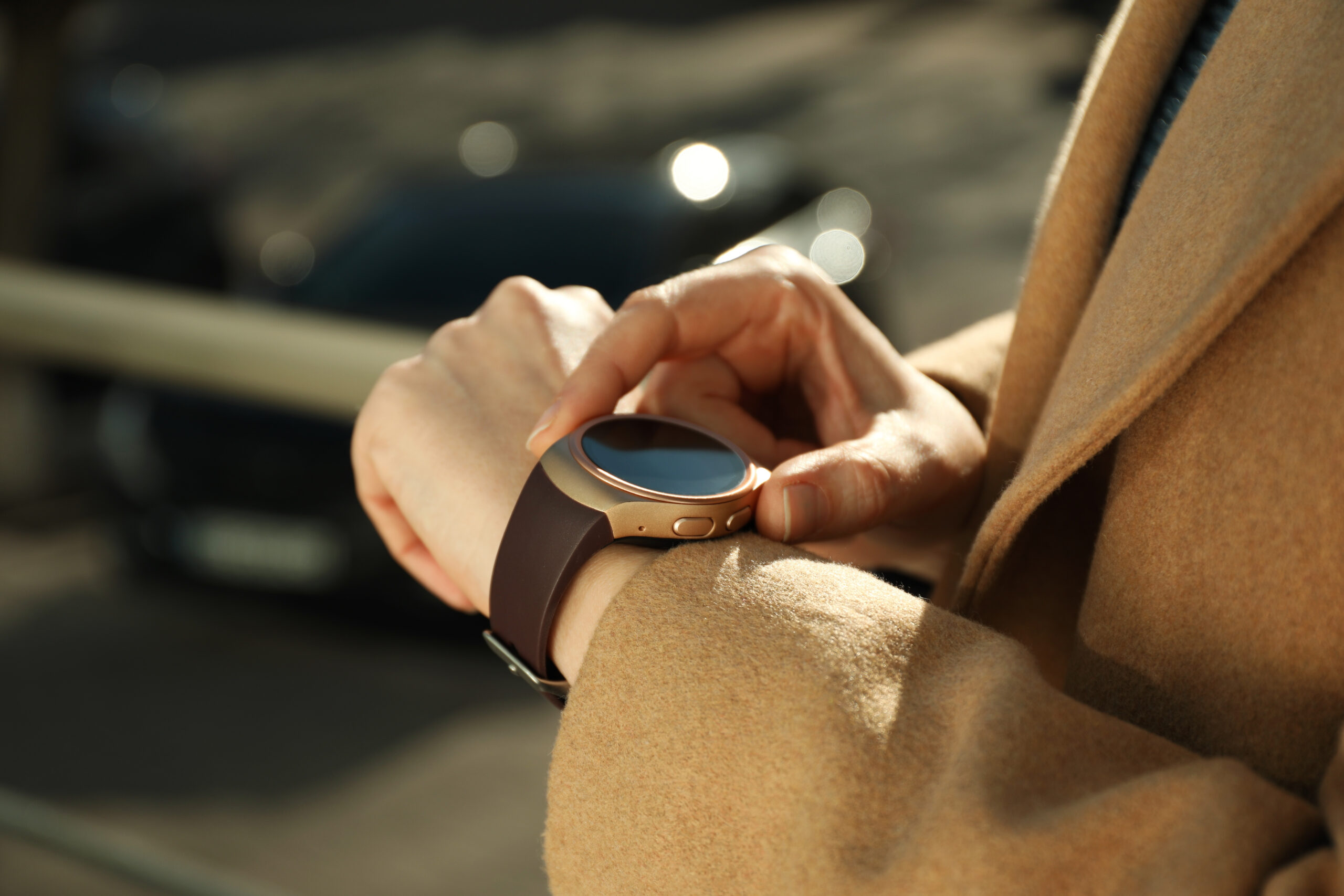Can We Really Measure #Health Continuously with Digital Devices? The Promise and Limits of Digital Biomarkers
“Your Body Is Speaking—Are You Listening?” It was 6:42 a.m. when my smartwatch buzzed with a message:“Your heart rate variability is low. Consider breathing exercises today.” I hadn’t spoken a
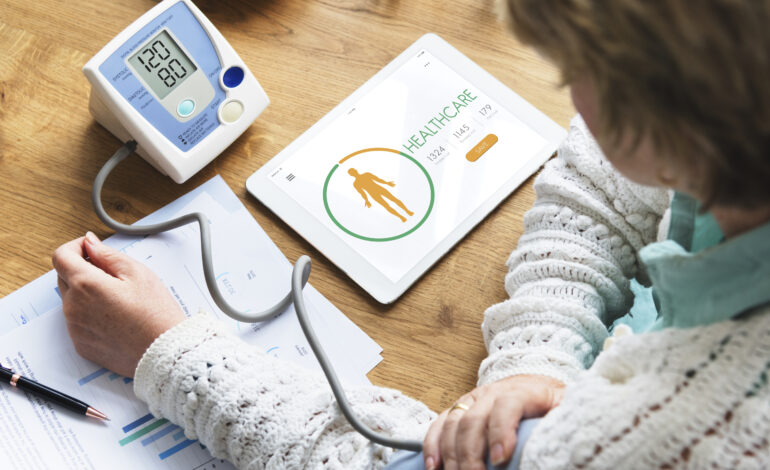
“Your Body Is Speaking—Are You Listening?”
It was 6:42 a.m. when my smartwatch buzzed with a message:
“Your heart rate variability is low. Consider breathing exercises today.”
I hadn’t spoken a word. I hadn’t touched my phone.
And yet—this small device on my wrist seemed to know something about me before even I did.
It was unsettling.
It was fascinating.
A glimpse into a future where health isn’t just checked—it’s tracked, 24/7.
But here’s the big question:
Can we truly measure #health continuously—and meaningfully—with digital devices?
Or are we chasing an illusion wrapped in graphs and data points?
Let’s decode this.
What Does It Mean to Measure Health “Continuously”?
Traditional medicine gives us snapshots—annual physicals, blood tests, clinic visits.
Continuous health tracking, however, means real-time, dynamic monitoring across multiple biological systems and states: stress, sleep, movement, metabolism, recovery.
Digital health devices monitor:
- Heart Rate & Heart Rate Variability (HRV)
- Sleep quality and stages
- Blood oxygen saturation (SpO₂)
- Skin temperature
- Respiratory rate
- Glucose levels via Continuous Glucose Monitors (CGMs)
- Movement patterns and gait
- Stress load and autonomic nervous system balance
Digital Biomarkers of Aging: The Next Frontier
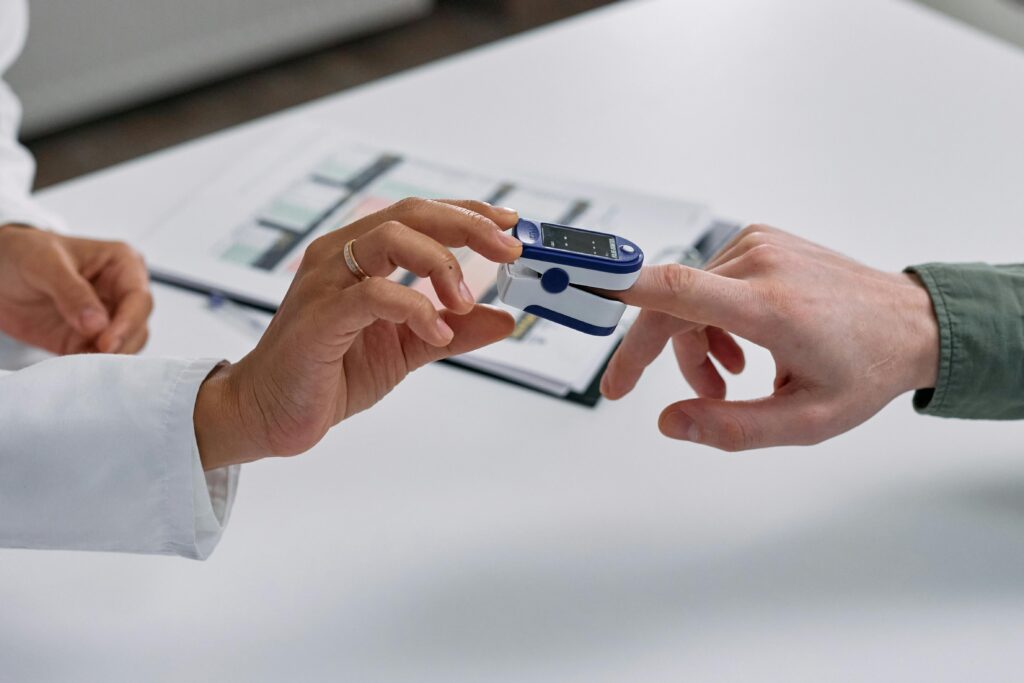
In the realm of aging research, digital biomarkers are emerging as powerful tools to:
- Track aging trajectories—how fast or slow your body is aging
- Predict aging trajectories—forecast potential health risks and lifespan
- Respond to interventions—measure how lifestyle or therapies influence your biological age
This is at the heart of Precision Geromedicine, a cutting-edge approach that uses personalized data to tailor aging interventions.
But aging is complex and multifaceted. Factors like sex and gender, ethnicity, and socioeconomic status profoundly shape aging patterns—and they can also be measured through digital biometrics.
Why Multidimensional Data and Accuracy Matter
For continuous monitors to truly support precision geromedicine, they must provide accurate, multidimensional, quantitative measurements that capture the nuances of aging.
Here’s where technology hits a snag:
Example: The Apple Watch’s Limitations
Worn on one wrist, the Apple Watch tracks general movement and step count well. But when it comes to step length variability for each leg—crucial in diseases with asymmetric progression like Parkinson’s or stroke recovery—it falls short.
Why does this matter?
Because imbalances in gait can be early signs of disease or worsening condition. One-sided monitoring oversimplifies a complex picture.
The Landscape of Continuous Health Devices
Innovations abound:
- Apple Watch, Fitbit—user-friendly heart rate, HRV, and activity tracking
- Oura Ring—deep sleep and recovery insights
- WHOOP Strap—athlete-focused recovery and strain monitoring
- CGMs like Levels, NutriSense—real-time glucose for metabolic health
- Lumen—breath-based metabolic analytics
- Biostrap, Garmin—offering multidimensional biometric data with clinical-grade ambitions
Despite the promises, no single device yet provides a fully comprehensive view of biological aging or health.
Why Continuous Health Tracking Is More Than Fitness
Fitness trackers helped us count steps. The next generation helps us anticipate illness, manage stress, and optimize aging.
- Detecting early infection by spotting rising resting heart rate or skin temperature
- Monitoring autonomic balance via HRV to assess chronic stress or recovery
- Tracking metabolic flexibility through glucose data
- Quantifying sleep disturbances linked to cognitive and hormonal health
Can We Trust the Data?
Strengths:
- Identifying trends, not one-off values
- Encouraging positive behavior change
- AI-driven personalized predictions
Weaknesses:
- Variable accuracy across skin tones, motion, and conditions
- Not replacements for diagnostic tools or clinician judgment
- Risk of data fatigue and anxiety
- Incomplete capture of complex aging factors (e.g., hormonal flux, neurochemistry)
Toward a Holistic, Inclusive Model of Digital Health
To truly measure health—and aging—continuously, devices must:
- Integrate sex, gender, ethnicity, and socioeconomic context into algorithms
- Capture bilateral, asymmetric data for more precise mobility and neurological assessments
- Provide multi-sensor fusion to interpret diverse physiological signals simultaneously
Only then can we move from generic wellness metrics to precision geromedicine that respects individual biology and lived experience.
Using Continuous Health Data Wisely
If you’re new to biofeedback devices:
- Choose one area of focus: Sleep, glucose, recovery
- Look for trends, not panic moments
- Trust your subjective feelings alongside the data
- Share insights with knowledgeable health professionals who can interpret complex signals
Some Thoughts: The Future Is Listening, But With Nuance
We can measure #health continuously—more deeply than ever before. But the promise lies not in raw data, but in context, accuracy, and inclusivity.
Digital devices are powerful tools—but they are not crystal balls.
They help us listen to our bodies more closely, but the real intelligence remains in how we use that information.
After all, health is not just a number.
It’s a story—unique, complex, and beautifully human.
By Izzy Malcolm for Ravoke.com





